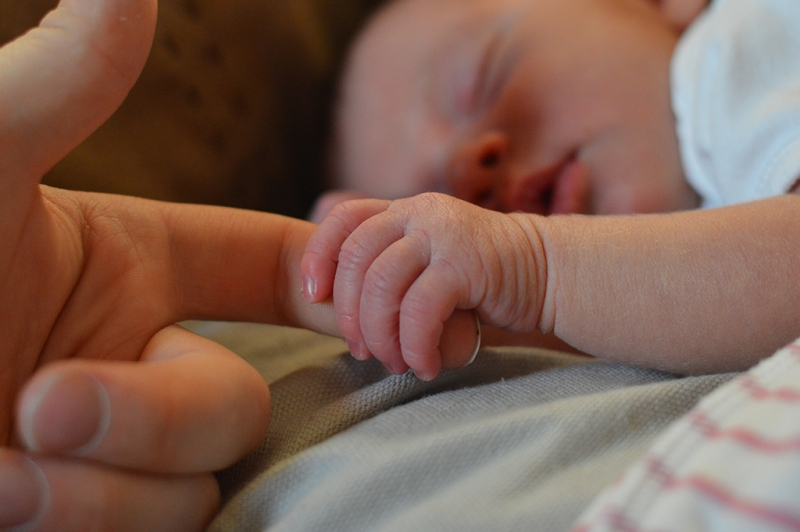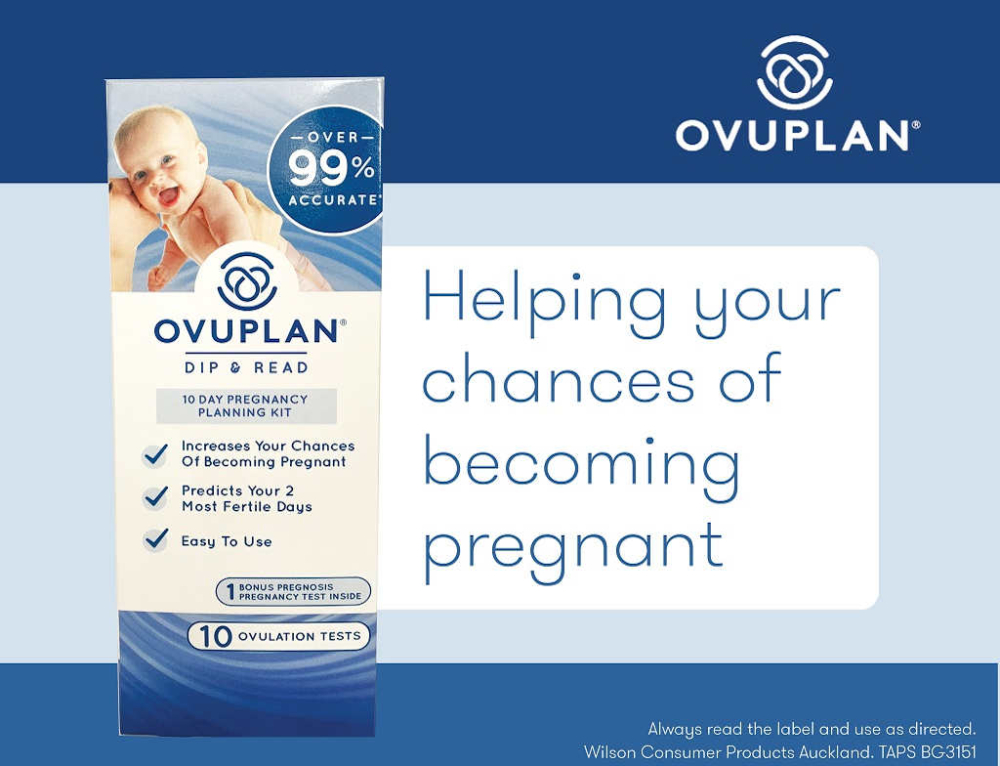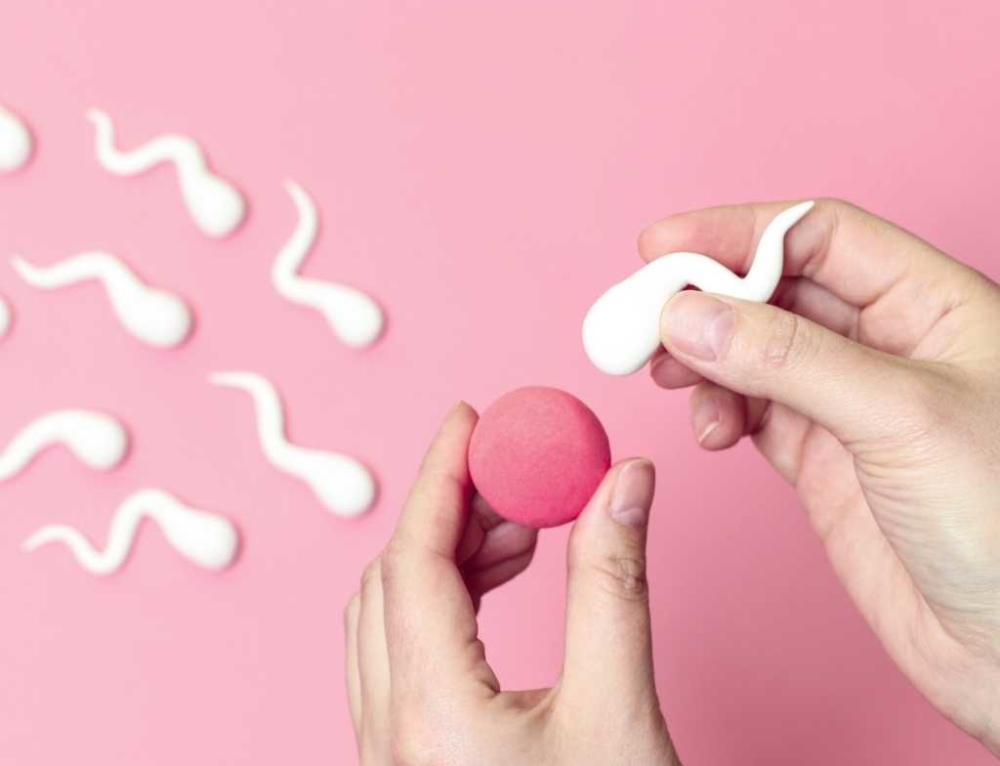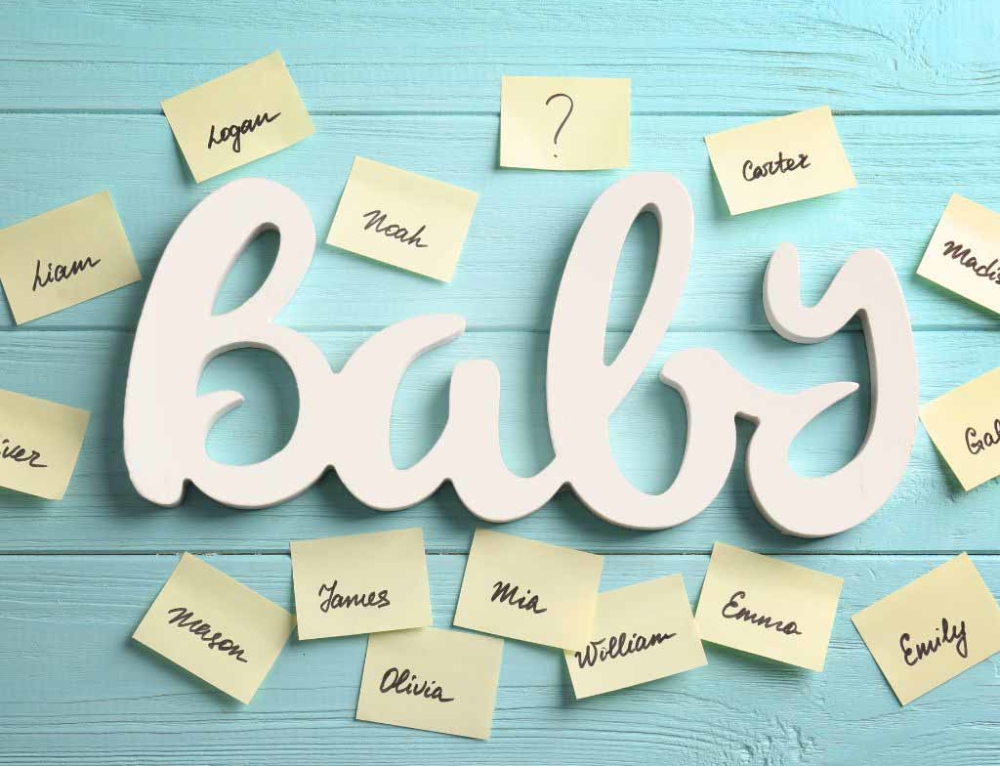Did you experience things postparum that no-one told you about? Share your experiences for other mums in the comments below.
Five health concerns you may not know about
During pregnancy we hear a lot about all the niggles and issues you can expect. But what about after birth? While sleep deprivation and postnatal depression are well documented, there are some new mum health issues that are lesser known and can be a nasty surprise for unsuspecting new mums. Let’s explore the joys that await an unlucky few…
1. Really sore wrist? De Quervain’s Tenosynovitis
What is it? It’s thought that repetitive activities like breast and bottle feeding lead to an overuse of the tendons. De Quervain’s Tenosynovitis affects the tendons on the thumb side of your wrist and will result in a sharp pain every time you turn your wrist, grasp anything or make a fist. (Which, incidentally, is quite often.)
What can be done? See your doctor and/or a hand specialist or physio. You may have a to wear a splint around your wrist, immobilising the thumb to rest the tendons. Not ideal when you’re trying to change nappies! Sometimes cortisone injections may be required. Persistent conditions may need surgery.
- Read more on De Quervain’s Tenosynovitis.
2. Still look pregnant… a year later? Diastasis recti
What is it? The separation of your abdominal “six pack” from their central tendon. This happens durign pregnancy to accommodate the growing baby. Not only does Diastasis recti give you a post-baby pregnancy bump, but it also causes abdominal weakness, and has been linked to incontinence and back pain post-baby. Check to see if you have abdominal separation by lying on your back with your knees bent and feet on the floor, then slowly raise your head and shoulders off the ground like you’re doing a sit-up. Place your index and middle fingers just below your belly button and press gently – you should feel a soft gap between two hard muscles. If the gap is greater than two finger widths, you are likely to be suffering from separated muscles.
What can be done? Simple abdominal exercises that don’t put stress on the back can help to bring the left and right sides of your abdomen back together. In serious cases, surgery may be required. Consult your GP for help.
- Read more on Diastasis recti.
3. Really sore feet? Plantar Fasciitis
What is it? Foot pain in the area where your heel meets the arch of your foot, caused by inflammation of the plantar fascia that runs along the underside of the foot – it kind of feels like a nasty bruise every time you step on it. While not exclusive to new mums, sudden weight gain can often bring on the condition.
What can be done? Resting the foot can help, as can stretching the calf muscles, as tight muscles can contribute to the condition. A specialist can make orthotics to help support the arch of the foot and you’ll have to say goodbye to your Havaianas and hello to more supportive shoes.
- Read more on Plantar Fasciitis.
4. A “wee” problem… Weak pelvic floor
What is it? Pregnancy and childbirth put an unbelievable amount of pressure and trauma on a woman’s pelvic floor muscles, fascia, and nerves – and that’s if all goes well! Many women face incontinence after childbirth, which encompasses an involuntary loss of urine, gas or stool. But issues with a damaged or weak pelvic floor are even more far reaching and can include back, groin, hip, vulvovaginal, tailbone or pelvic floor pain; painful sex and loss of orgasm, as well as urinary retention and constipation.
What can be done? More than you might think! Many women think they have to live with issues like incontinence, but pelvic floor rehabilitation and physiotherapy can actually be very effective in reversing the damage and strengthening the pelvic floor. Ask your doctor to recommend a specialist or check out specialised physiotherapy.
5. Losing hair? Telogen effluvium
What is it? You might have noticed particularly long, luscious hair during pregnancy, so this one can be a bit of a kick in the gut. Nothing like a clump of hair on your hairbrush to really give your self-esteem a crash tackle! So why does it happen? Hair follicles generally produce new hair for three to four months, then rest for three to four months, during which time old hairs fall out to make room for new growth. While we’re pregnant, our follicle rest periods are drastically reduced due to hormonal changes. Once oestrogen is reduced after birth, the rest period kicks into overdrive. While for some women, this means a return to the normal five to 10 percent hair lost in rest mode, other women can have up to 30 percent of their follicles turn to rest mode at one time, leading to sudden and dramatic hair loss.
What can be done? Unfortunately nothing can stop the hair loss, although taking B vitamins will ensure that what hair you do have remains healthy. You can try to minimise the damage by avoiding hairstyles that stretch or pull your hair and minimising the use of heat styling tools. Use a wide-tooth comb to detangle wet hair and use a good quality shampoo. Rest assured that, for most women, increased hair loss will last for three to six weeks, although more extreme cases can take up to a year to return to normal. Until then, talk to a hairdresser about the best way to mask hair loss.
- Read more on Telogen effluvium.
Here’s a picture that lists a few of the common post-pregnancy body issues:








Leave A Comment
You must be logged in to post a comment.